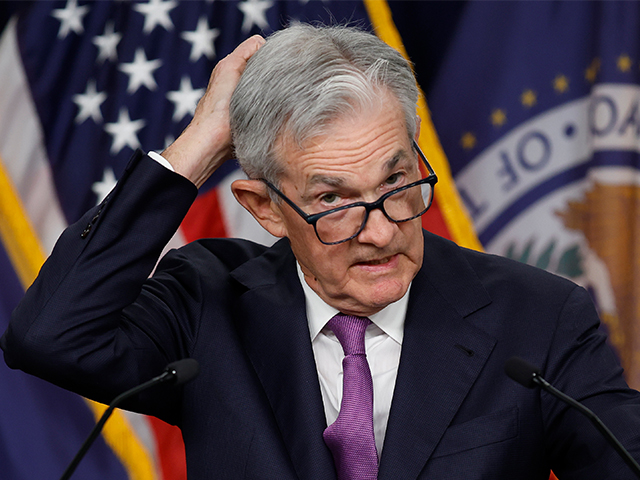Searching for True Neutrality
The Fed ostensibly charts its course by the stars of a “neutral” interest rate—sometimes called “r-star” or r* by economists—a celestial body which is supposed to demarcate the boundary between economic stimulation and restraint.
We are told that when the policy rate is below this nebulous neutral, monetary policy is “accommodative,” providing milk and honey to boost economic growth. Above the ethereal equilibrium, policy is said to be “restrictive,” holding back growth, employment, and inflation.
We can glean the Fed’s view of the neutral rate by looking at the projections of its officials for the longer run federal funds rate. A decade ago, the Fed’s Summary of Economic Projections (SEP) showed that the median forecast of the longer run fed funds rate was four percent.
This climbed downward as the Fed found that inflation consistently ran below its two percent target while employment was slow to recover from the 2008 financial crisis and attendant recession. There was a bit of volatility in the early Trump years as officials assessed that Trump’s economic policies might be boosting growth to a permanently higher level.
But in the summer of 2019, they dropped the longer run rate down to 2.5 percent. There it has hovered, dipping only once and never climbing, for nearly five years. This is extraordinary given the volatility of growth and inflation over this period. It suggests that 2.5 percent has become something of a fixed point in the turning world.
It’s important to note that the changes in the fed funds projection were not driven by changes in the expectation for longer run inflation. The Fed forecasts its target of two percent on inflation. Which is to say, it assumes that inflation over the longer run will bend to the will of monetary policymakers. What this means is that the Fed’s view of how much higher the Fed funds rate will be than inflation—the real rate, as they say—has come down and then stayed down.
The Fed’s View of Neutral Is Probably Wrong
If the Fed’s view is right, then the current stance of monetary policy is quite tight. The Fed’s current target range of 5.25 percent to 5.50 percent is 275 to 300 basis points above the neutral rate. To put it differently, the Fed professes to believe that the fed funds rate should, over the long run, be 50 basis points over the inflation rate to be neutral. In January, the top of the range was more than 300 points above the realized 12-month increase in the personal consumption expenditure price index the Fed uses to track inflation.
But here’s where the plot thickens, and the intrigue deepens. Despite the Fed’s belief that monetary policy is restrictive, the U.S. economy, that indomitable beast, was frolicking along at a robust four percent growth rate in the latter half of the previous annum. Forecasts for the current quarter oscillate with the unpredictability of a spring zephyr, yet they suggest a resilience that confounds the doomsayers.

Federal Reserve Board Chairman Jerome Powell speaks during a news conference on September 20, 2023, in Washington, DC. (Chip Somodevilla/Getty Images)
Goldman Sachs said Monday that it expects the economy to grow 2.4 percent this year, with average payroll gains of 175,000, and a year-end unemployment rate of 3.8 percent. That’s not a description of an economy throttled by high-interest rates.
This is causing some to reconsider the Fed’s venerated “neutral” rate, that economic North Star, guiding the ship of policy through turbulent waters. This rate is purportedly the dividing line between stimulus and restraint, yet it eludes direct measurement, cloaked in the mystique of econometric models. Our central bankers have proclaimed for five years now that the longer run rate for federal funds is 2.5 percent, just half a point above their inflation target.
What if, some maverick voices suggest, this heavenly neutral rate has embarked on a celestial creep upwards, unbeknownst to the terrestrial beings below? This is what Minneapolis Fed President Neel Kashkari has hinted at recently, perhaps feeling more able to speak freely because he is not a voting member of the Federal Open Market Committee this year.
So, what could have caused the astral ascension of what the economists call r-star?
That’s a subject we’ll explore in tomorrow’s Breitbart Business Digest as we prepare for this week’s Fed meeting.

COMMENTS
Please let us know if you're having issues with commenting.